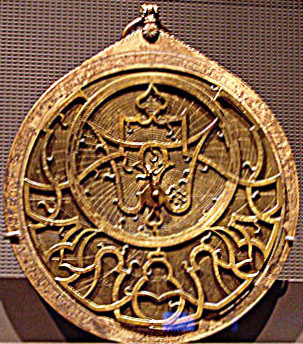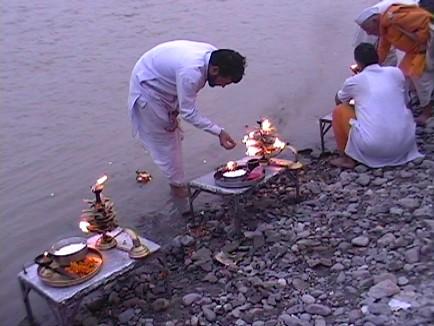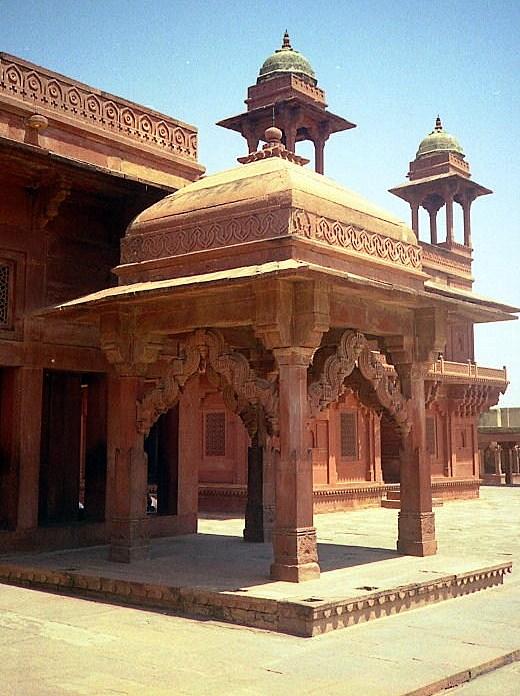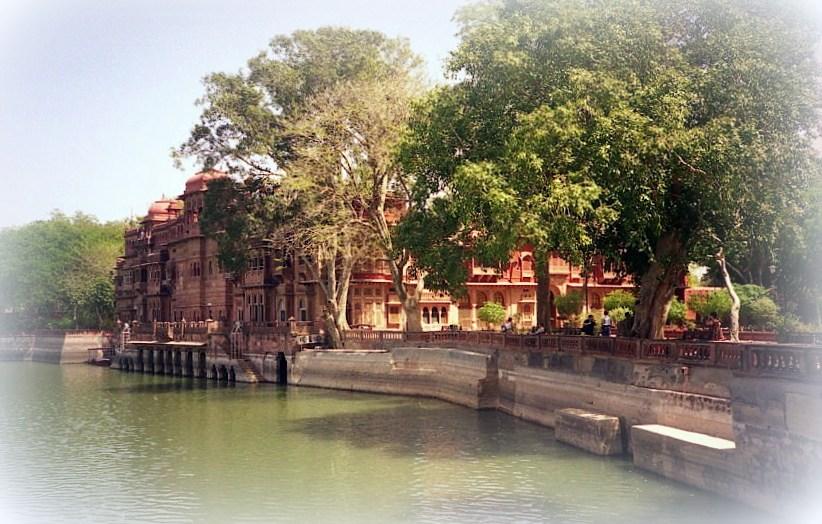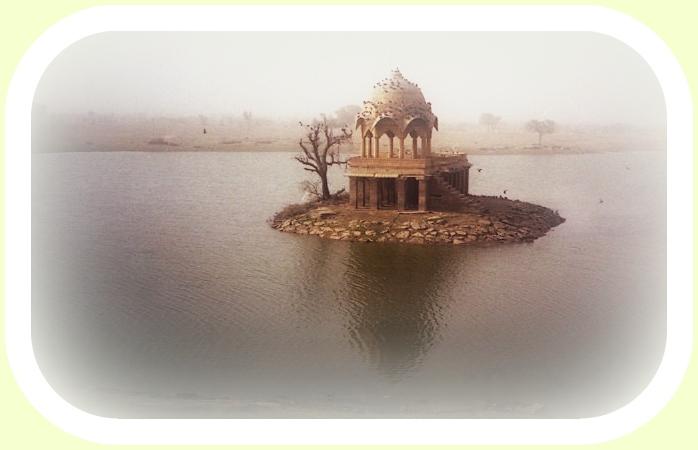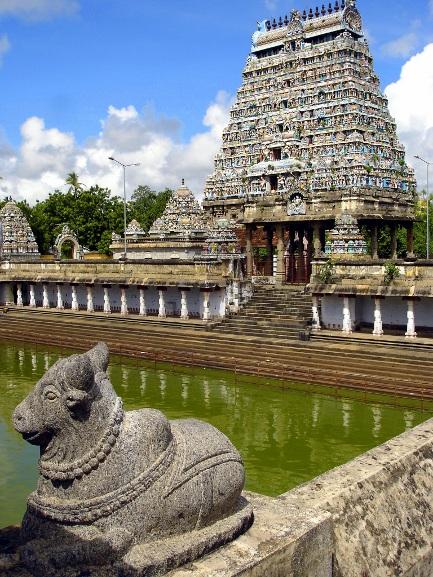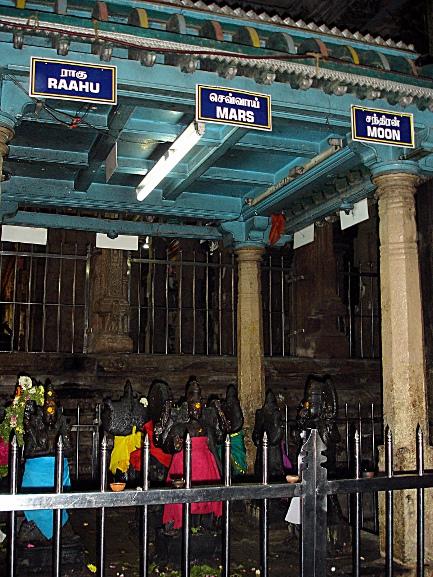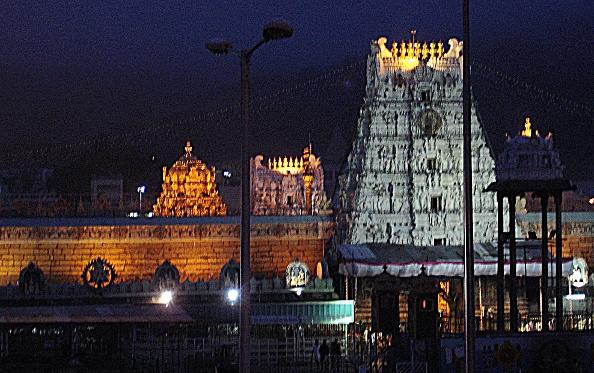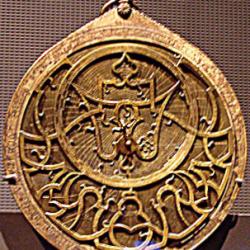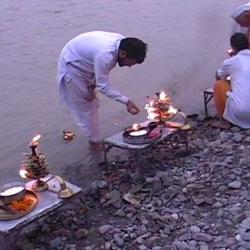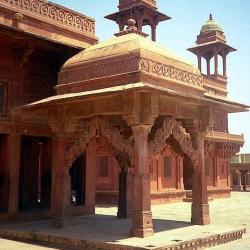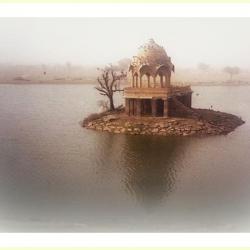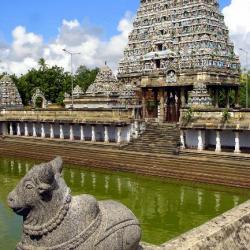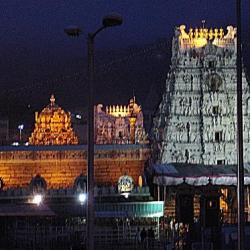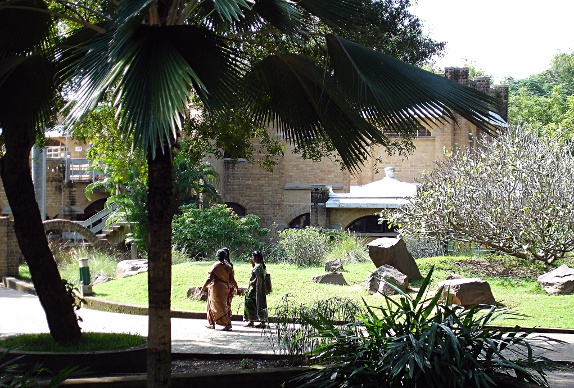Karma & Dharma
Cité Internationale, Auroville, Tamilnadu
Dans la tradition indienne, l'être humain connaît autant d'incarnations qu'il est nécessaire pour parfaire son évolution spirituelle, jusqu'à l'aboutissement suprême, le "Moksha". C'est ce que l'on appelle le cycle des réincarnations ou "Samsara".
Ses actes (karmas) positifs concourent à faire progresser son évolution spirituelle alors que les actes négatifs perpétrés engendrent un « passif » qu'il lui faudra épurer dans cette vie s'il en a conscience et s'il l'accepte, sinon dans une vie future. En effet, la loi de cause à effet va le confronter aux mêmes situations tant qu'il n'aura pas « épuré son karma ». Cette loi est basée sur le système de valeurs présent dans la conscience humaine, « l'inconscient collectif » qui se manifeste par le biais de l'intuition et de la symbolique intrinsèque à la conscience universelle.
L'astrologue d'évolution Martin Schulman a fait du principe de la réincarnation une allégorie publiée ici-même : ![]() Allégorie Martin Schulman (29.5 Ko)
Allégorie Martin Schulman (29.5 Ko)
In the Indian Tradition, people have to go through as many incarnations as necessary to best achieve their spiritual evolution till they reach the ultimate spiritual stage called ‘Moksha’. This is what we call the reincarnation cycle, or ‘Samsara’.
Actions (karmas), if positive, help people grow spiritually whereas negative actions bring ‘liabilities’ likely to be ‘purified’ in this life if the person is aware of it and willing to do so, or in some future life. The law of cause and effect will indeed bring people to face the same situations all over again as long as they have not ‘purified their karma’. This law is founded on the system of values rooted in the human consciousness, manifesting itself through intuition and symbolism inherent to the universal consciousness.
Here is an allegory the evolution-oriented astrologer Martin Schulman based on the reincarnation principle: ![]() Allegory of the Zodiac, Martin Schulman (15.7 Ko)
Allegory of the Zodiac, Martin Schulman (15.7 Ko)

Ashram de Sri Aurobindo à Pondicherry, Nov. 2010
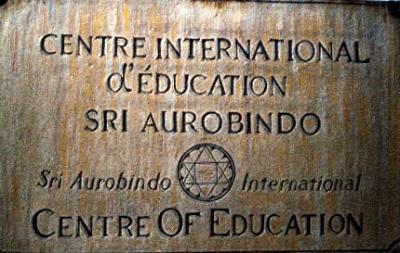
CONNAITRE SON " DHARMA "
L'Astrologie Karmique permet de découvrir l'héritage de ses vies antérieures et de connaître la mission à remplir dans cette incarnation. Elle fait un « état des lieux » de la situation où se trouve l'âme au moment de la naissance.
L'étude des indices karmiques du Thème Astral permet de voir immédiatement :
- les forces et les faiblesses développées avant cette vie,
- Les périodes les plus propices pour valoriser ses forces et combattre ses travers,
- Les interactions karmiques d'une Synastrie - peut-être avez-vous déjà été en présence d'un proche dans une vie antérieure !
KNOW YOUR DHARMA
Karmic Astrology enables people to discover their legacy from previous lives and the challenges they have to face in the present life. It gives a clear picture of the spiritual status at the time of birth.
Studying karmic indicators in the Astrological Chart allows to immediately spot:
- strengths and weaknesses as developed in previous lives,
- most favourable times to develop strengths and fight failings,
- karmic interactions - you may have already bumped into a close friend or relative from a previous life!
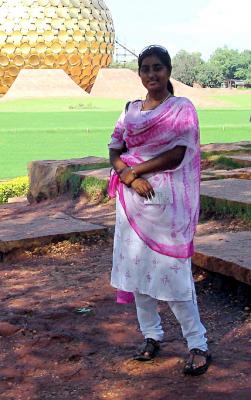
Mon amie Kamachi devant le "Matri Mandir", Pondicherry, Nov. 2010
Cité Internationale d'Auroville, fondée par Sri Aurobindo
ART & KARMA
Toute l'histoire de l'humanité est racontée dans une vaste épopée, un "poème épique" intitulé le "Mahabharata". C'est l'ouvrage de référence de tous les hindous, mélant personnages authentiques et autres déités issues du panthéon indien. La toile de fond en est à nouveau l'illustration que les bonnes actions perpétrées concourent à façonner une ligne de conduite, un ensemble de devoirs à assumer que l'on peut résumer par le terme indien de Dharma, ou destin.
Le "Ramayana" , dont est extraite cette scène tournée à Bali en 1989, traite d'un sujet plus lyrique et romanesque. Il met en oeuvre le dieu Rama, son épouse Sita et son ravisseur Ravana. Grâce au dieu singe Hanuman, Rama retrouve son épouse. La portée philosophique qui s'en dégage fait la part belle à la recherche d'universalité toujours présente dans la spiritualité indienne : en effet, l'âme individuelle (incarnée ici par Sita), soumise aux cycles des réincarnations, cherche à se fondre dans l'universalité et l'intemporalité symbolisées par le dieu Rama.
ART & KARMA
The whole human history is narrated in a vast epic poem entitled the ‘Mahabharata’. A reference manual for all Hindus, mixing genuine characters and other deities from the Indian pantheon. The backdrop exemplifies again the fact that good deeds help shape a line of conduct, a package of duties that should be taken on, and this can be summarized under the term ‘Dharma’ or destiny.
A part of the Mahabharata, the ‘Ramayana’, deals with a more lyrical and romantic subject, showcasing God Rama, his wife Sita and her captor Ravana. Thanks to the Monkey God Hanuman, Rama finds his wife. The philosophical impact of this story places great emphasis on the quest for universality, a permanent component of Indian spirituality: the individual soul (here embodied by Sita), submitted to the reincarnation cycle, tries to melt and fade away in the universality and timelessness as symbolized by God Rama.
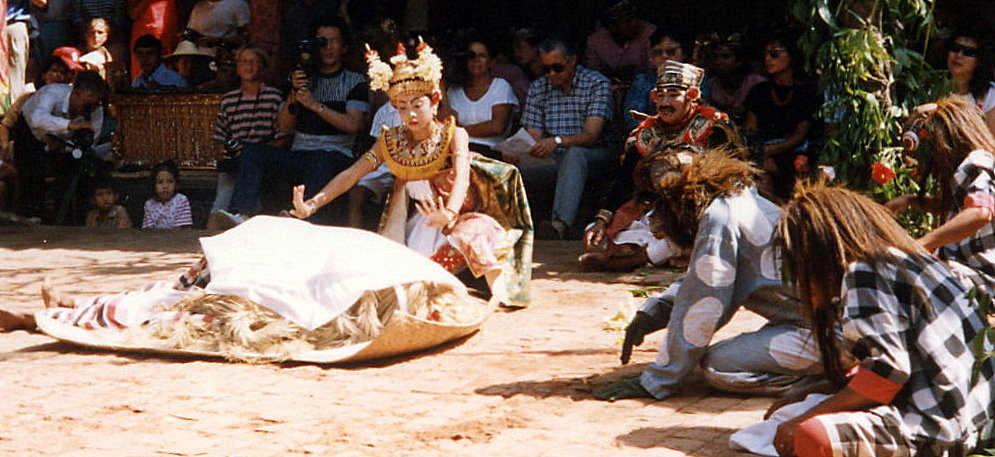
Scène du Ramayana, Bali, 1989
Comme l'a démontré le grand philosophe indien Sri Aurobindo, les arts en Inde participent d'une inclination naturelle pour les choses spirituelles, présente à la fois dans la littérature, l'architecture, la musique, comme dans l'hygiène de vie : cuisine végétarienne, médecine et soins du corps selon la tradition ayurvédique.
The great Indian philosopher Sri Aurobindo demonstrated that Indian arts find their basis on a natural liking for spirituality, present everywhere, as much for literature, architecture, music, as in life health care : veg food and cooking, Ayurvedic body care and medicine.

Herbes et onguents pour traitements et massages ayurvédiques
Photo extraite de "Massage Ayurvédique", Gita Ramesh
La danse en est l'une des évocations spontanées et multiples, où l'on retrouve toujours la « trimurti », trinité des trois aspects d'un même dieu qui prend tour à tour le nom de Brahma, Vishnu ou Shiva, et se conjugue en autant d' « avatars », multiples formes de son incarnation terrestre, mâle ou femelle (Shakti).
Indian dances are one of the most spontaneous and multiple evocations in spiritual art; always present is the ‘trimurti’, a trinity showing the same God under the three aspects of Brahma, Shiva and Vishnu. This trinity also breaks down into as many ‘avatars’, multiple representations of its earthly, male or female (Shakti), embodiment.
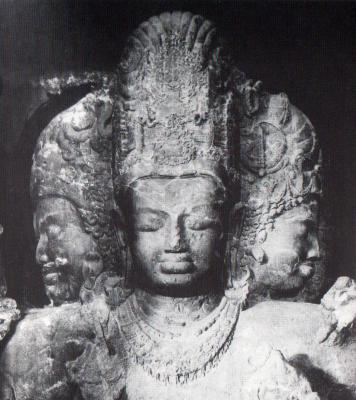
Maheshwara Murti, Elephanta
Photo extraite de "Les Fondements de la Culture Indienne', Sri Aurobindo
Chaque région en Inde possède ses danses typiques. En voici quelques exemples, l'Odissi (danse de l'Orissa) à travers la danse de Priyadarshini Roy-Banerjee et de Madhavi Mudghal, et le Bhârata Natyam (danse du Tamilnadu) exécuté de façon magistrale par des artistes indiens de réputation internationale tels que Raghunath Manet ou Alarmel Valli, pour n'en citer que quelques-uns.
Every Indian territory has its own typical dances, amongst which Odissi (Orissa’s dance) with Priyadarshini Roy-Banerjee and Madhavi Mudghal, Bhârata Natyam (Tamilnadu’s dance) as marvelously performed by Indian artists of international reputation such as Raghunath Manet or Alarmel Valli, to name but a few.
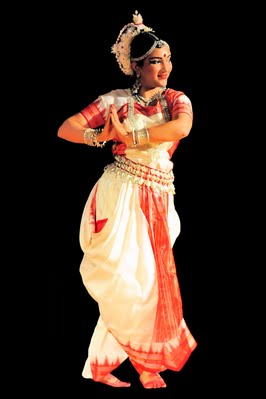
Priyadarshini Roy-Banerjee
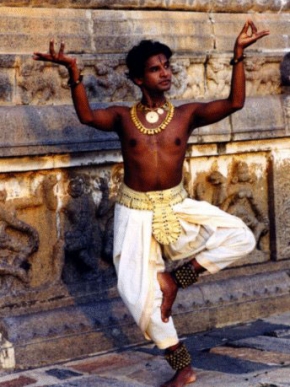
Raghunath Manet
https://www.dailymotion.com/video/x6u91s

Alarmel Valli

